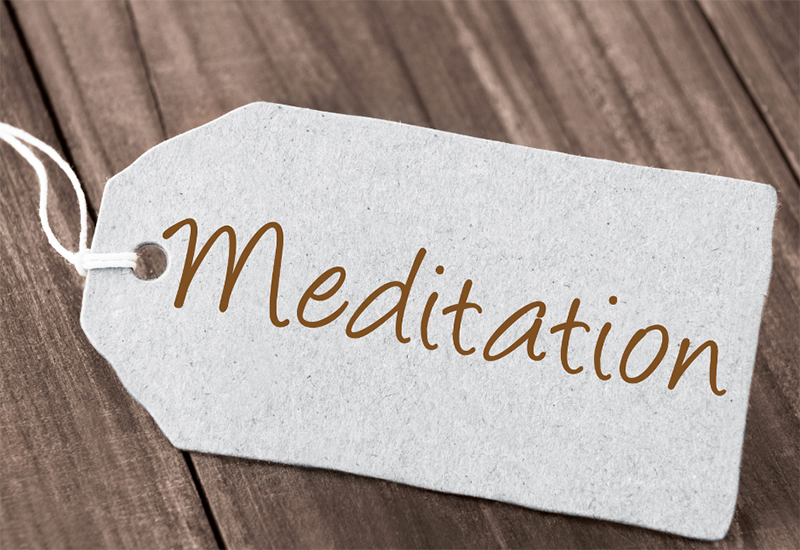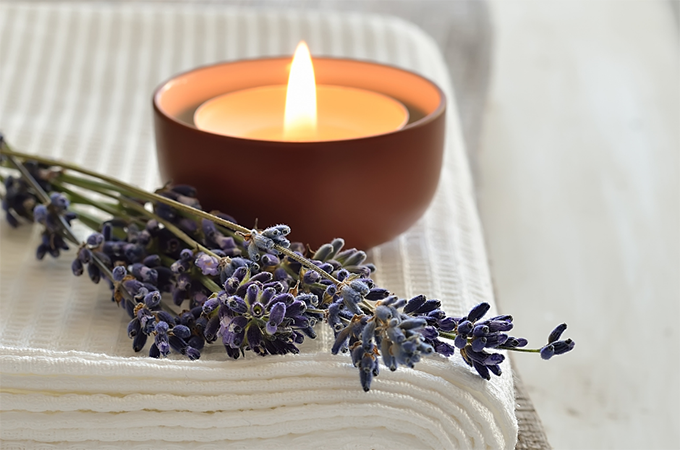Refresh your Mind with Meditation

This post and photography are courtesy of Nic Abraham.
Have you seen the Calm commercials that recommend doing nothing for 15 to 30 seconds? Whenever they air, I always stop what I’m doing for the allotted time, close my eyes, and breathe. It’s a quick and pleasant meditation break that I think we can all use during the hustle and bustle of a busy day.
In times of stress, tension, uncertainty and worry, taking a minute or two to refresh our minds is necessary. Relaxation practices, such as meditation, can increase peace, promote calmness and reduce mental chatter. It is also known to decrease anxiety and depression, reduce stress and more. Not to mention, it doesn’t take much to get started.

What is Meditation?
As a form of wellbeing, meditation has been practiced for centuries and was originally meant to deepen one’s understanding of life. In modern times, it has evolved to provide stress relief and tranquility. Through breathing exercises, focusing on a word or phrase or being intentional about an action, meditation increases the mind-body connection.
Meditation can positively affect emotional health by increasing creativity, patience and self-awareness while helping you better cope with stress. It is also known to benefit those suffering from ailments, such as chronic pain and heart disease.
Misconceptions about a Meditation
There’s a misconception that meditation removes negative thoughts and replaces them with positive ones. What it actually does is help focus thoughts and reduce overload.
Another misconception is that meditation is difficult to do, and I can understand why people would feel this way. If you’ve never done it before, centering your thoughts can seem like an overwhelming task. Fortunately, there are tons of meditation methods, and honestly, there’s no wrong way to meditate. It’s more about trying than it is about being perfect.
Types of Meditation
There are many forms of meditation. Each has a different way of achieving the same goal: inner peace. Some meditation approaches include:
- Mantra Meditation: Uses silent repetition of calming words, phrases or thoughts to promote focus and prevent distracting or negative thoughts.
- Guided Meditation: Forms nostalgic or desirable mental images to promote relaxation. This approach can incorporate smells, sounds and textures.
- Mindfulness Meditation: Increases one’s awareness of breathing or bodily sensations, as well as words or phrases. This approach helps release negative thoughts, decrease distractions and live in the present moment.
- Transcendental Meditation: An approach that recites phrases, sounds or words in a specific way to settle your body and mind.
How to Meditate
Meditation isn’t complicated and shouldn’t add stress. Start with a few minutes and increase as you feel comfortable. It can also be done at any time of day, depending on your needs and availability. Carve out some time and consider these factors.
- Focus on taking deep, controlled breaths to calm a wandering mind.
- Feel every bodily sensation. Take note of everything you feel, such as pain, tightness, relaxation and whatever else your body alerts you to.
- Find a location that is free of clutter.
- Maintain good posture.
- Remember to continuously repeat your word, phrase, thought, prayer or scripture.
- Remain in gratitude with a positive attitude.
- Remove distractions to increase attention and focus.
- Meditation walks are also great for relaxation.

Lastly, if you’re just starting out, be kind to yourself. Meditation is like a muscle–it takes time and practice to build.
Please consult your medical provider before adding any new routine.


